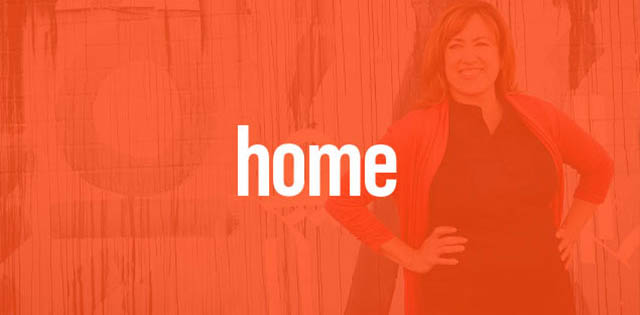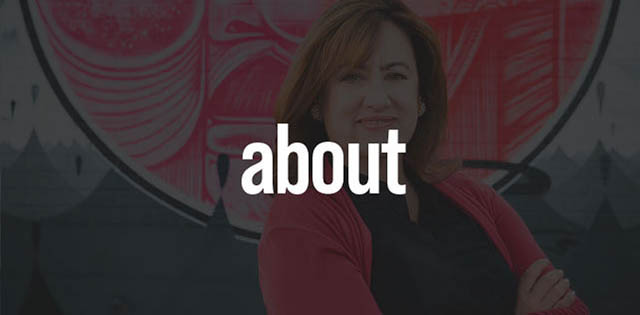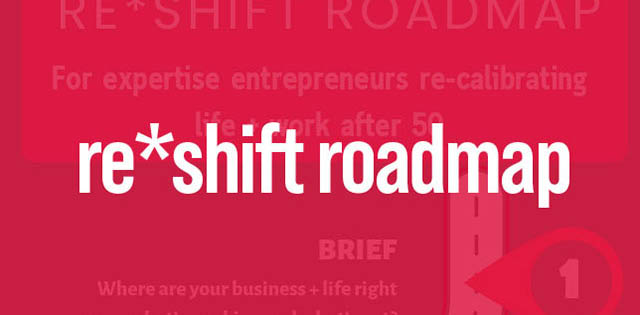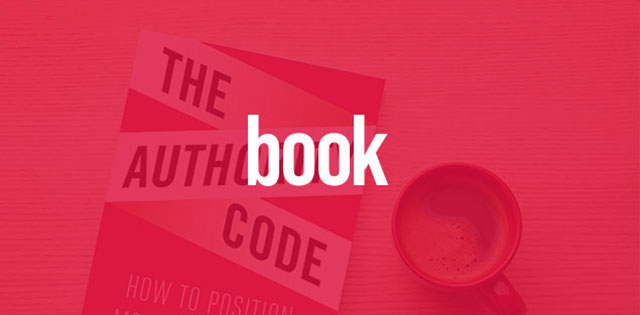Do You Need Visuals For Your Presentation?
- October 16, 2017
- Posted by: Rochelle
- Category: Audience Building, Speaking

So that one’s a no-brainer, right?
OF COURSE every presentation is better with visuals.
Except when it isn’t.
Case in point:
One of my speaking clients—let’s call her Shari—has made literally dozens of speeches on her subject matter. She’s forgotten more about her topic than most of us will ever learn.
She is the classic expert—projecting a personal brand I call the Rocket Scientist.
Her usual speeches and group presentations are accompanied by a powerpoint with impressive graphs, charts and citations to make sure she’s driving home her thoroughly researched points.
I’ve yet to see her make a bad—or even “off” presentation.
She’s an excellent speaker.
And then she accepted a last-minute invitation to brief 60 senior business leaders as a favor to the host. For the first time, she elected to forgo her usual powerpoint.
Instead, she made a few notes that didn’t even cover half a page in her 4×6 notebook.
It was her best speech EVER.
Freed from her graphs and charts and details, she made her points with stories and by including the people in the room who had introduced themselves before she started.
She didn’t glance at her notes because she’d left them behind when she took the podium.
The audience hung on her every word and literally didn’t want to leave her. They stood in a conga line for personal chats and a handshake.
When we huddled afterwards for a debrief, she’d felt it too.
It’s a powerful thing when you have the current of your audience running in your veins.
And Shari immediately agreed to rethink her powerpoint habit.
Visuals are terrific.
But not when they effectively serve as your crutch.
You know the kind—where you’ve got your key phrases in bullet points to remind you what you’re supposed to say next.
So your audience can match the words from your mouth with a picture of your words (this is supposed to enhance retention, but these days? Boring.).
But what if instead you inspired them to think—and feel—more deeply?
What if your visuals conveyed your point even if you said nothing at all?
Which means choosing visuals becomes a bit more challenging (and a lot more fun if you let yourself roll with it).
For example. Maybe your point is that if your audience follows your advice, their costs will go down because their productivity will go up.
You could use say the happy little boy image up above to open or close your presentation.
Using the right visuals is all about deciding how you want your audience to feel.
Because when your images resonate with your audience, they’ll remember you.
They’ll remember your message.
And they might even hire you.






